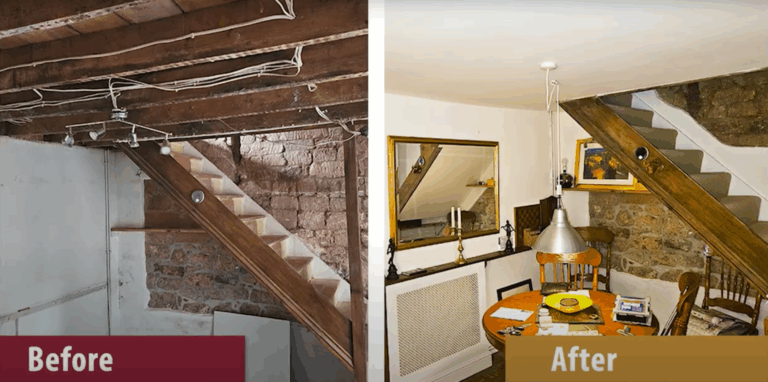Home Insurance Claims Process: Essential Insights for Homeowners

In this article, we will delve into the home insurance claims process and offer insights on how collaborating with a specialised loss assessing and building repair service can make a significant impact.
Picture having a dedicated team of professionals by your side, guiding you through each step of the process, taking the workload off you and striving to achieve a successful outcome. Watch this brief video, where home and business customers share their experiences and how the Concept Claim Solutions service helped them recover and rebuild:
Understanding insurance terminology
One of the first challenges to be aware of is exclusions in your insurance policy. These are the situations or types of damage that your policy does not cover, and it is essential to understand them, as they can significantly affect the outcome of your insurance claim.
For example, standard home insurance policies typically do not cover damage resulting from gradual wear and tear. This includes issues such as rusty pipes, deteriorating roofs, or appliances that fail due to regular use.
Another factor to consider is how insurance companies handle unoccupied properties. If your home is left unoccupied for an extended period – generally 30 days or more – certain risks, such as theft, vandalism, or water damage, may not be covered. Insurers often consider unoccupied homes to be high-risk due to the lack of oversight, making them more susceptible to these potential issues.
Common misinterpretations in coverage
Misinterpretations of policy language can lead to denied claims or unexpected out-of-pocket expenses. For instance, many policies contain Acts of God clauses, which refer to natural disasters. The interpretation of what qualifies as an “Act of God” can vary between insurers. Heavy rainfall might be covered under one policy but excluded in another, especially if it results in flooding.
Another factor to consider is how insurance companies handle unoccupied properties. If your home has been unoccupied for an extended period – typically 30 days or more – your insurance policy may not provide coverage if specific conditions are not met. Insurers often view unoccupied homes as high-risk due to the lack of oversight, which makes them more vulnerable to various potential issues.
It is important to be aware of Negligence Exclusions in your insurance policy. If damage arises from a long-standing issue that you have ignored, such as a leaking pipe, insurance companies may classify this as negligence. This could complicate your ability to secure coverage for repairs. Therefore, regular maintenance is essential, and maintaining thorough documentation can help protect you in the event of a claim.
Conducting a thorough damage assessment
A thorough assessment of the damage is crucial for securing the settlement required to cover the full extent of the repairs. As you embark on this assessment, make sure to document everything carefully. Take clear, date-stamped photographs of the damage before any repairs begin. Additionally, maintain a detailed log of all expenses incurred as a result of the damage, including repair costs, temporary housing, and other related expenses.
Working with an FCA-regulated and approved loss assessor, such as Concept Claim Solutions, can be beneficial as they will conduct an assessment and provide a detailed report that documents the extent of your damages.
Mastering the art of negotiation
Once you have filed your insurance claim, you may find yourself negotiating with insurance representatives or a Loss Adjuster, whose primary goal is often to minimise payouts. Understanding the specifics of your policy gives you an advantage during these discussions. If you have meticulously documented your communications – including the names of representatives, dates of correspondence, and summaries of discussions – it can strengthen your position if you need to challenge a lowball offer.
If your claim is denied or the settlement is less than satisfactory, don’t hesitate to appeal the decision. Use the documentation you’ve gathered to support your case and request an internal review. Alternatively, you can contact Concept Claim Solutions, which can evaluate your claim and assist with your appeal.
Organising the repairs
After your claim is approved, the next step is to organise and oversee the necessary repairs. This phase can present challenges, so it helps to set a clear timeline and expectations on when work will begin and end.
Researching and hiring reputable contractors is essential. Obtaining multiple quotes ensures you receive competitive pricing while guaranteeing quality work. Throughout the repair process, stay actively involved by regularly checking in on progress and maintaining open lines of communication with your contractors to address any issues swiftly.
Utilising Concept Claim Solutions
With Concept Claim Solutions by your side, there is no need to obtain three quotes; they will manage the building works for you. By using their contractors, you only have to pay the excess stated in your insurance policy.
For more information about Concept Claim Solutions and their franchise opportunities, visit their profile.




